How to Grow Panama Red Strain
Panama Red is a cannabis strain that harks back to the 1960s. It’s 100% sativa, a concoction of hybridization between three Panamanian sativa strains.
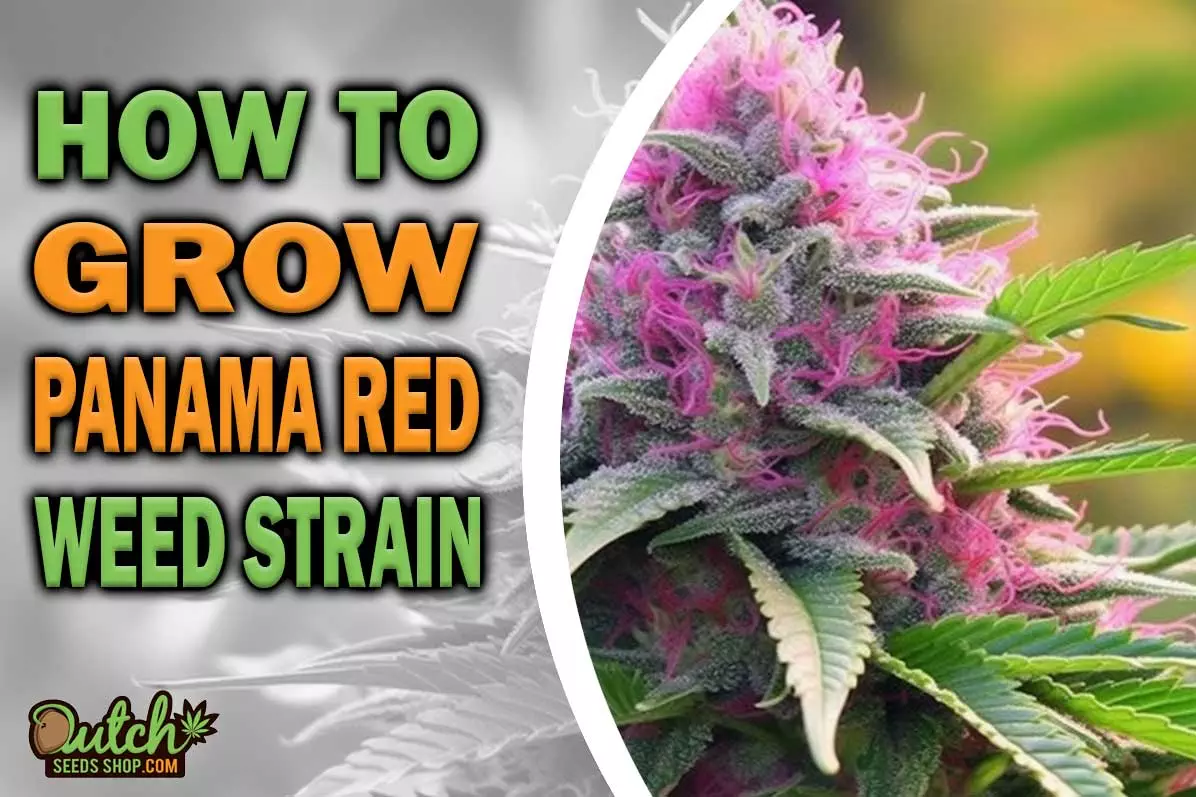
Get To Know Panama Red Strain
Ah, Panama Red strain. This vintage strain is renowned for its 100% sativa genetics, a rarity in today’s hybrid-heavy market.
Offering a THC range of 17-21% and CBD levels below 1%, it’s a dream for those seeking creative and euphoric effects.
It’s hard to grow but yields well, especially outdoors where you can expect between 17 to 26 oz per plant.
With flavors of citrus and grapefruit, it’s a delicious journey into cannabis history.
Popular reviews often feature pictures and videos highlighting its vibrant color and dense buds.
Tips and Tricks for Growing Panama Red Successfully
You’re in for a ride, because growing Panama Red seeds is considered hard.
But, worry not, I got you covered.
Here’s a rundown of tips to navigate its grow difficulty and make the most out of its 77 to 84-day flowering time:
- Start with High-Quality Seeds or Clones: Make sure you’re starting with good genetic material. Consider Panama Red-specific seeds or clones.
- Opt for Proper Accessories: Get your hands on quality cultivation accessories like advanced nutrient solutions and quality grow lights.
- Climate Matters: Panama Red thrives in warm climates. If you’re indoors, emulate this climate through climate control.
- Keep an Eye on Height: This is a tall plant, ensure there’s enough space for upward growth.
- Maximize Yield: With indoor yields of 1.5 to 1.6 oz/ft² and outdoor yields up to 26 oz per plant, aim high and reap the rewards!
Panama Red Indoor Growing
If you’re thinking of planting the elusive Panama Red in the cozy confines of your home, strap in.
Indoor cultivation presents its unique set of advantages and challenges for this towering sativa.
Here’s the extended lowdown on each aspect of indoor growth for Panama Red.
Benefits of Indoor Growing
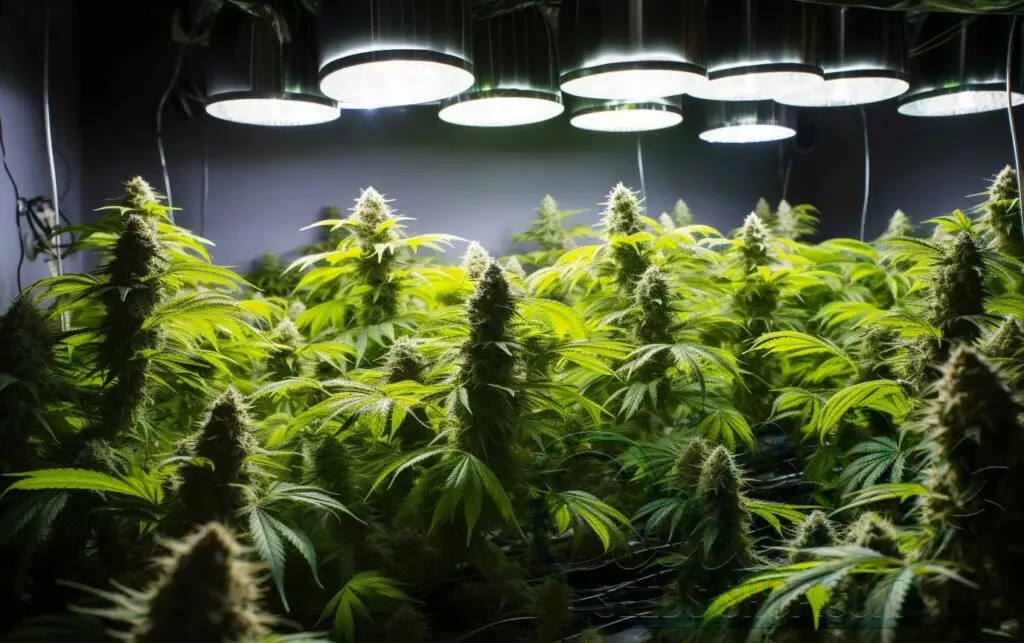
Ah, the indoor grow – where you are the master of the universe, controlling each droplet of water and ray of light.
Growing Panama Red indoors has plenty of perks, with the top one being the controlled environment.
You can manipulate factors like humidity, temperature, and light cycles with pinpoint accuracy.
This allows you to give Panama Red the exact conditions it craves, optimizing for quality and potency.
With an indoor grow, you can also enjoy multiple harvests in a year, free from the fickleness of weather.
Your plants also remain sheltered from pests and natural predators, providing an added layer of security.
| Advantages | Drawbacks |
| Controlled Environment | Initial Setup Costs |
| Multiple Harvests | Space Requirements |
| Pesticide-Free | Time-Intensive |
| Privacy & Security | Electricity Costs |
Setting Up Your Indoor Grow Space
Setting up the right environment for your Panama Red is crucial.
First, decide the scale of your operation.
You’re going to need a dedicated space – be it a grow tent, closet, or an entire room.
Once the grow space is selected, the next major step is climate control.
Temperature and humidity need to be strictly regulated. Ventilation plays a key role here.
Make sure to install exhaust fans and possibly even a CO2 system if you’re aiming for professional-level yields.
Don’t underestimate the importance of quality grow lights, and ensure the space is insulated from light leaks during the dark cycle.
- Choose the grow space: Tent, closet, or room.
- Climate control: Fans, humidifiers, or AC units.
- Grow lights: HID or LED, based on preference.
- Lightproof: Seal any light leaks.
- Storage: Nutrients, testing kits, etc.
Climate Control
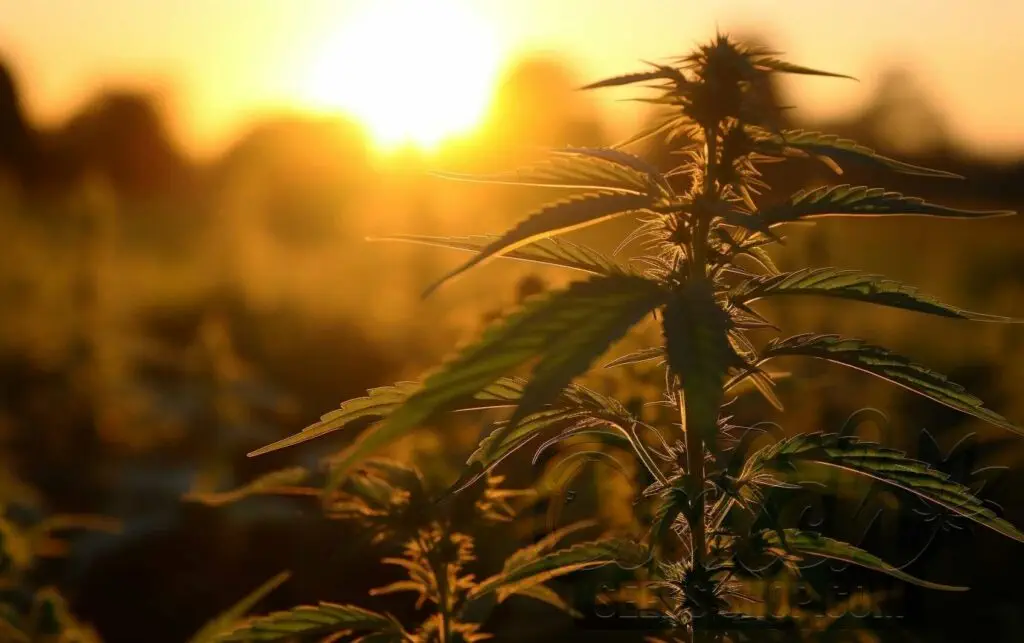
Controlling your indoor climate is not just a perk, it’s a necessity when growing Panama Red.
This strain has a love affair with warm and semi-humid conditions.
However, it can be finicky if parameters go haywire.
Temperature should range between 70-85°F, while humidity levels should be around 40-50% during the flowering stage.
It’s advisable to use environmental controllers that can regulate both temperature and humidity, along with fans for effective air circulation.
Remember, stagnant air is a breeding ground for mold and other diseases.
Implementing oscillating fans can help evenly distribute both temperature and humidity.
If you’re using HID lights, air-cooled reflector hoods will save you a lot of grief by preventing hot spots and reducing overall heat.
Types of Lights
When it comes to lighting, Panama Red is a high-maintenance diva that craves a spotlight.
HID lights are traditional and effective.
They deliver a powerful output but also generate more heat.
If you’re going the LED route, you’ll get a full spectrum of light and greater energy efficiency.
However, they come with a heftier price tag.
Different stages of growth require different light spectrums, so switching between MH for vegetative growth and HPS for flowering might be necessary if you’re using HIDs.
| Type of Light | Advantages | Drawbacks |
| HID | High Output | Heat Production |
| LED | Energy Efficient | Higher Cost |
| Fluorescent | Low Heat | Lower Light Output |
Growing Mediums and Containers
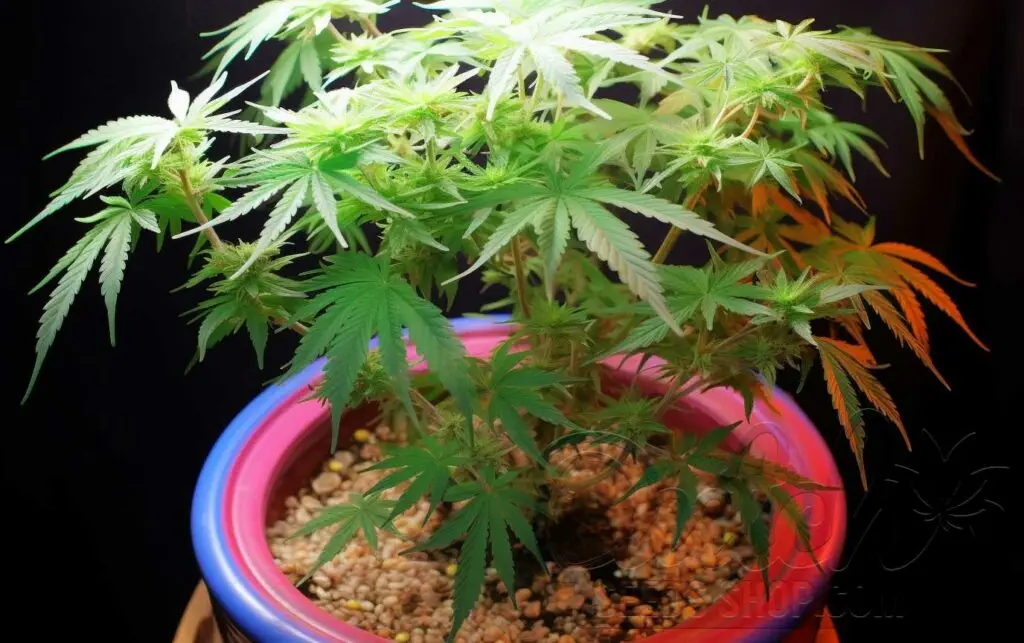
Here’s where the roots hit the road – or rather, the soil or water, if you’re going hydroponic.
Each has its advantages and disadvantages.
Soil offers a buffer for mistakes, which is fantastic for growers new to Panama Red.
On the other hand, hydroponics offers faster growth and potentially higher yields, but requires a seasoned hand at management.
In hydroponic systems, nutrient solution management becomes crucial.
For soil growers, the quality of soil matters immensely, so go for something rich in organic matter.
When it comes to containers, fabric pots are the rage these days due to better aeration.
But don’t rule out traditional plastic pots, as long as they have excellent drainage to prevent root rot.
Caring for Indoor-Grown Panama Red
Nurturing your Panama Red to its full potential requires a well-thought-out care routine.
Weekly, you should be monitoring water quality, ensuring it’s clean and pH-balanced.
Nutrients are another essential element, but tread carefully – too much or too little can lead to deficiency or toxicity.
Pruning is vital to focus the plant’s energy and ensure light reaches the lower leaves.
Panama Red requires space to flourish, so train your plants to manage height and bushiness.
- Water Quality: Use filtered, pH-balanced water.
- Nutrients: Calibrate nutrient solutions regularly.
- Pruning: Focus on removing dead leaves and non-essential branches.
- Training: Use low-stress training methods like SCROG (Screen of Green).
Odor Control
If you’ve ever been around a flowering cannabis plant, you know they can be aromatic to the point of overpowering.
This is especially true for Panama Red with its potent scent profile.
For most growers, controlling this smell is not only a courtesy to neighbors but sometimes a legal requirement.
Carbon filters are the gold standard for odor control, scrubbing the air clean of any aromatic compounds.
Another method is to employ odor neutralizers, which mask the smell without affecting the plant’s terpene profile.
Yet, such measures need to be well-calibrated to ensure they are effective but not overpowering, as strong artificial scents can potentially taint the aroma of the buds themselves.
Panama Red Outdoor Growing
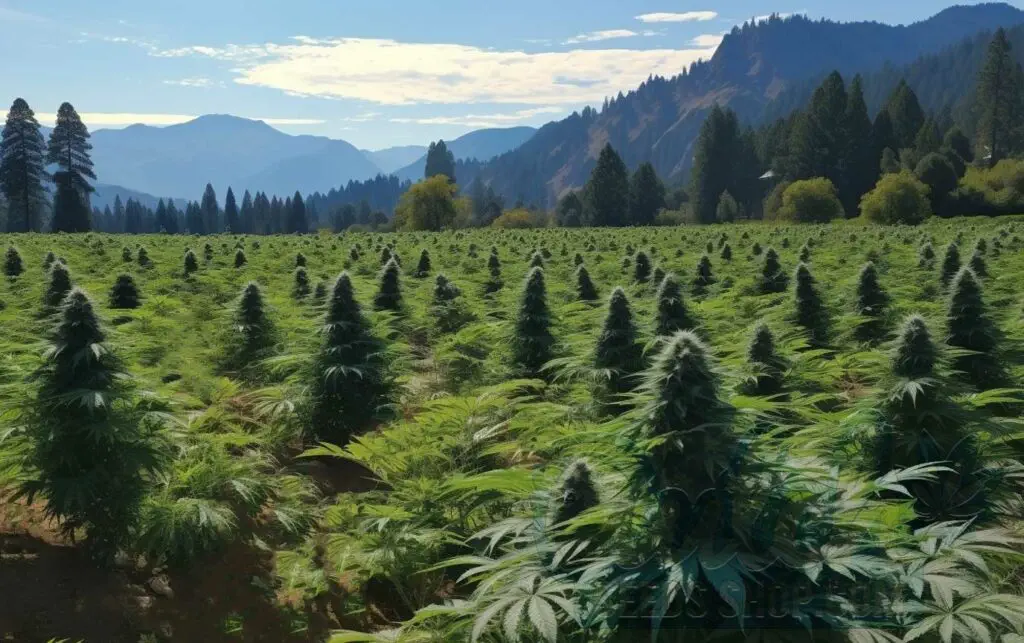
Hey there, green-thumbed cultivators!
Considering taking your Panama Red cultivation into the great outdoors? You’re in the right spot.
Growing this sativa beauty under the sun provides a natural, holistic approach that many argue brings out the best in this iconic strain.
Read on to unpack the nitty-gritty of outdoor cultivation.
Benefits of Outdoor Growing
Picture this: Your Panama Red, standing tall and proud, swaying in the natural breeze under the golden sun.
Sounds dreamy, right? Growing outdoors offers the plant a natural habitat, where it can pull in nutrients from Mother Earth herself.
Also, the ample space allows your Panama Red to reach its full height without any constraints.
Outdoor growers also report a fuller flavor profile, attributed to the natural variations in soil and climate.
While you’re at the mercy of the weather, that same natural variability often adds subtle complexities to the final product.
| Advantages | Drawbacks |
| Natural Environment | Weather Dependence |
| Ample Space | Security Risks |
| Fuller Flavor | Longer Growth Cycle |
| Low Operating Costs | Pest Management |
Best Time to Plant Panama Red Outdoors
Timing is everything when planting Panama Red outdoors.
Late spring to early summer is the sweet spot when the last frost has passed and the days are getting longer.
Planting during this time allows your cannabis to maximize its exposure to the summer sun, vital for its growth.
Timing also minimizes the risk of bud rot, a common issue when flowering coincides with autumn rains.
- Late spring to early summer: Ideal planting time.
- Check local frost dates: Minimize risk of cold damage.
- Consider daylight hours: Maximize vegetative growth.
Setting Up Outdoor Grow Spaces
Your choice of location is as important as the strain you’re planting.
For Panama Red, look for a sunny spot with at least 5-6 hours of direct sunlight per day.
The area should be easily accessible but not too obvious to prying eyes.
Security is another concern; fencing or natural barriers like bushes can offer some level of privacy. Drainage is critical, so avoid areas where water pools.
Also, think about wind protection; while a little wind is good for stem strength, too much can cause damage.
- Direct Sunlight: At least 5-6 hours.
- Security: Fencing, natural barriers.
- Drainage: Well-drained soil.
- Wind Protection: Windbreaks or strategic location.
Selecting and Preparing Soil
Choosing the right soil is like selecting a home; it has to be just right.
For Panama Red, aim for soil rich in organic matter, with a well-balanced pH level between 6.0 and 7.0.
Preparing the soil starts weeks, if not months, before planting.
You’ll need to dig holes about 3 feet deep and wide, mixing the excavated soil with compost and organic fertilizers.
This creates a nutrient-rich environment for the roots, allowing them to establish themselves faster and more securely.
Perlite or vermiculite can also be added for improved drainage.
Nutrients and Fertilizers
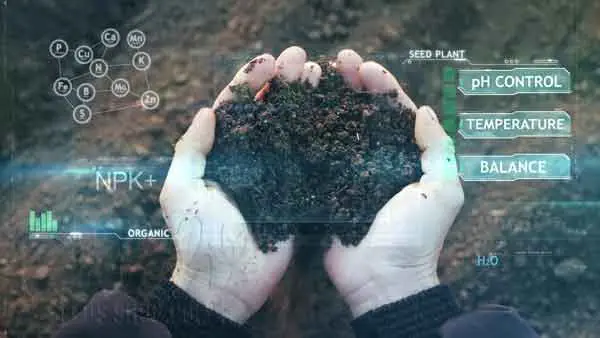
You’ve heard it before: You are what you eat.
Panama Red loves a balanced diet, which should include essential macronutrients like nitrogen, phosphorus, and potassium (N-P-K).
Micro-nutrients like calcium and magnesium shouldn’t be overlooked either.
Fertilizers should be added in stages, based on the growth cycle.
A high-nitrogen feed is great for vegetative growth, while a phosphorus-rich mix will help during the flowering stage.
| Nutrient Stage | Recommended Fertilizers |
| Vegetative Growth | High Nitrogen Fertilizers |
| Flowering Stage | High Phosphorus Fertilizers |
How to Maximize Panama Red Yield
Look, you’ve committed to growing this tropical sativa goddess outdoors, so let’s talk yield maximization.
Consistent monitoring and adjustments are the keys.
Training techniques like pruning can significantly improve yields by focusing the plant’s energy on bud production.
Also, optimize water and nutrient schedules based on the plant’s growth stage.
Adequate pest and disease management strategies, like natural insecticides or neem oil, can help protect your investment.
But remember, Panama Red has a longer flowering time, so patience is truly a virtue here.
- Pruning: Focus on bud sites.
- Nutrient Management: Tailor to growth stage.
- Pest Management: Natural insecticides, neem oil.
- Monitoring: Consistent check-ups for optimum health.
Alright, my grow-savvy friends, let’s cap this off.
Panama Red is no ordinary strain; it’s a throwback to the golden days of cannabis, a cerebral sativa that asks for your attention and care.
The strain has its quirks and demands – like the longer flowering time and specific nutrient needs – but boy, does it pay off.
Grow it outdoors to experience subtle nuances in flavor, or take it inside for precise control.
Either way, you’re in for a unique cultivation experience.
Mastering Panama Red is worth every bead of sweat and every minute spent scrutinizing leaves and buds.
Why? Because when those amber pistils finally show, you’re not just harvesting cannabis; you’re reaping a basket full of history, flavor, and some of the most uplifting vibes this side of the ’60s.
So, if you’re up for a rewarding challenge, Panama Red has got the goods.
FAQ
How long does it take for Panama Red to flower?
Panama Red has a longer flowering time than most strains, typically taking between 11 to 12 weeks.
What is the THC content of Panama Red?
This classic sativa has moderate THC levels, usually ranging between 10% to 16%. It’s more about the experience and flavors than just a high THC content.
Is Panama Red susceptible to any specific pests or diseases?
Panama Red is generally resilient but can be susceptible to spider mites and mold if not properly cared for, especially in humid conditions.
Can I use hydroponics to grow Panama Red?
Absolutely! Hydroponic systems can work well with Panama Red, as they allow for precise control over nutrients and pH levels.
Do I need to prune Panama Red regularly?
Pruning is highly recommended to focus the plant’s energy on bud production. It’s an essential part of maximizing your yield.
About the Author
Share the Love:
